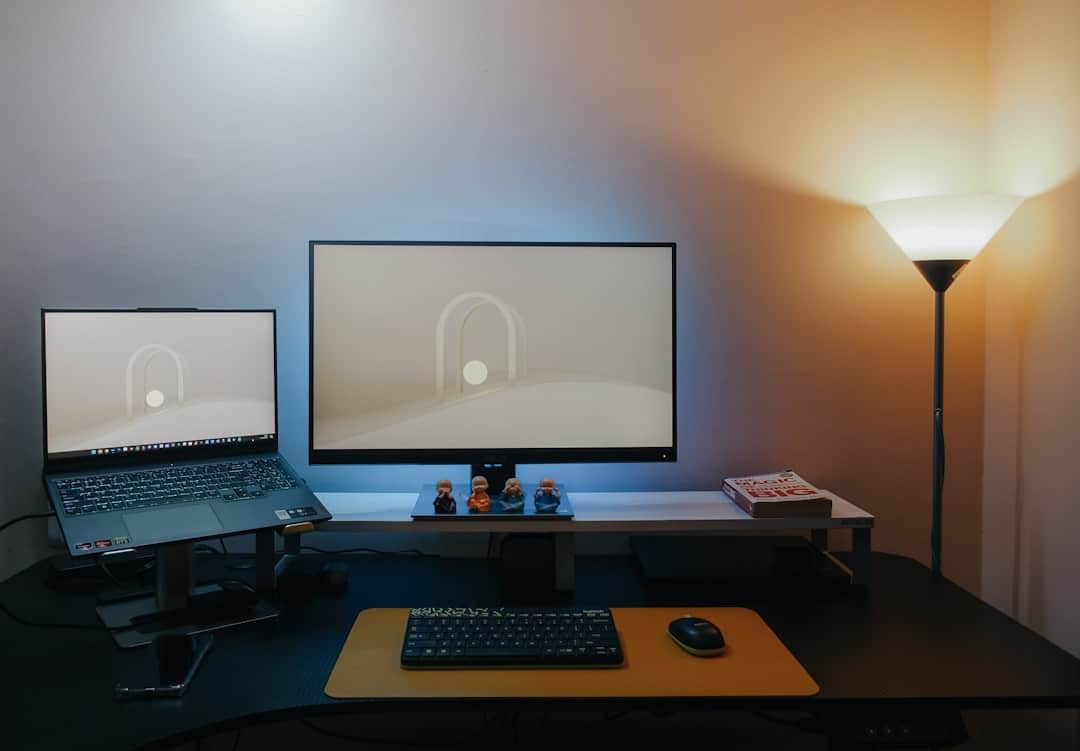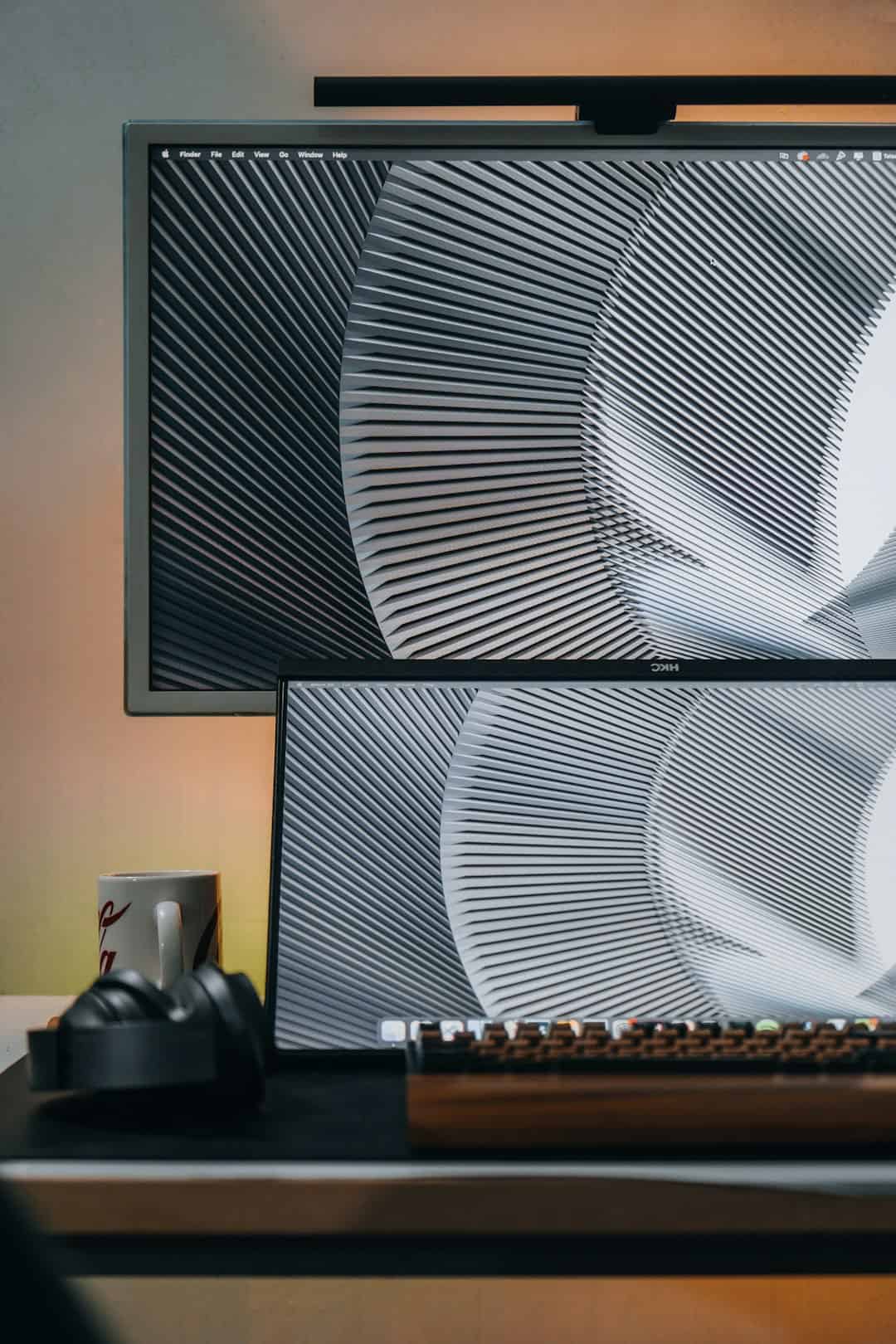Whether you’re a content creator, remote worker, or online educator, great lighting can make or break how professional you appear on camera. As webcams are increasingly used for video meetings, live streaming, online teaching, and virtual events, lighting has become a crucial part of any setup. The two most popular choices for webcam lighting are the ring light and the panel light. Both can significantly enhance your video quality, but each comes with its own advantages and disadvantages. So, how do you decide which is best for your needs?
Why Lighting Matters for Webcams
Even the most expensive webcam can struggle in low light or uneven lighting conditions. Poor lighting can cause grainy images, unflattering shadows, or washed-out skin tones. Proper lighting ensures:
- Better image clarity and sharpness
- More natural and flattering skin tones
- Reduced noise in dark areas of the frame
- A more professional and polished appearance
This is why investing in a dedicated lighting source, like a ring light or panel light, is one of the smartest upgrades someone can make to their webcam setup.
What Is a Ring Light?
A ring light is a circular lighting device, usually composed of LED lights, that’s designed to provide consistent illumination. It often encircles your webcam or camera lens, which results in even light distribution around your face. Ring lights have been particularly popular among beauty vloggers, social media influencers, and online performers.

Key benefits of a ring light include:
- Even facial illumination: Minimizes shadows, creating a flattering and balanced lighting effect.
- Catchlight in the eyes: The ring shape creates a subtle halo or sparkle in the eyes, which can be visually appealing in close-up shots.
- Adjustability: Many ring lights offer adjustable brightness and color temperature, letting you fine-tune the look you want.
However, ring lights aren’t perfect:
- Glare and reflections: Users with glasses may notice annoying reflections in the lenses.
- Single-point source: Since ring lights usually come from one angle, positioning becomes critical to avoid overexposure or awkward lighting.
- Bulky design: Larger ring lights can dominate desk space and might require a tripod or separate mounting system.
What Is a Panel Light?
Panel lights are flat, rectangular or square LED lighting panels that provide soft, diffused light. Unlike the concentric design of a ring light, panel lights offer a broader spread of illumination across your environment. They’re commonly used in professional video shoots and photography setups for their natural lighting effect.

Panel lighting’s main advantages include:
- Diffuse, soft light: Reduces harsh shadows and creates a more natural daytime look.
- Flexible placement: Can be positioned from different angles and heights for creative control.
- Less glare for glass wearers: Because of its softer nature and flexible placement, it’s easier to manage reflections.
Drawbacks to consider:
- Not as flattering for close-ups: Panel lights may not always create the same polished or dramatic effect as a ring light.
- More than one might be necessary: To get the perfect fill and eliminate shadows effectively, two or three panels may be needed, which increases cost and complexity.
- Takes up space: Depending on their size, panel lights may require dedicated stands or mounts that could clutter your desk.
Use Case Comparison: Ring vs Panel
Understanding the context in which you’ll use your camera most frequently can significantly inform your decision. Here’s a breakdown by use case:
1. Video Calls & Remote Work
Recommended: Ring Light
If your primary need is looking professional during video meetings on Zoom, Teams, or Google Meet, a ring light positioned directly in front of you delivers excellent results with minimal setup.
2. Live Streaming or Content Creation
Recommended: Both
Many experienced streamers use a combination of ring and panel lights. A ring light provides a flattering front light while panels can serve as background lighting or side fills, creating a well-balanced and cinematic look.
3. Photography or Green Screen Work
Recommended: Panel Lights
For still photography or chroma key use (green screens), panel lights provide the even and wide-spread lighting that ensures consistent color and removes unwanted shadows in the background.
4. Working in Tight Spaces
Recommended: Ring Light
Because most ring lights are circular and can mount around your webcam or monitor, they save desk space and reduce clutter, making them ideal for small setups.
Features to Look for
Whichever type you choose, look for these features to get the most value:
- Adjustable brightness and color temperature: Lets you match daytime or evening conditions and enhance skin tones.
- USB or battery-powered: Convenience is key. USB-powered lights are great for plug-and-play setups, while battery options add portability.
- CRI rating (Color Rendering Index): A CRI above 90 will provide more accurate skin tones and natural color rendering.
- Mounting options: Check if it attaches to your monitor, tripod, or desk clamp for a clutter-free workspace.
Which Is Best for You?
Ultimately, the best lighting option depends on your individual needs and workspace. Here’s a quick summary to help make your choice:
| Feature | Ring Light | Panel Light |
|---|---|---|
| Best for flattering close-ups | ✓ | |
| Flexible lighting angles | ✓ | |
| Minimal desk space usage | ✓ | |
| Professional, cinematic lighting | ✓ | |
| Good for glasses wearers | ✓ |
Final Thoughts
Lighting can be the secret weapon to looking and feeling your best on camera. Both ring lights and panel lights have their place in the modern digital workspace. If you’re going for simplicity, flattering illumination, and direct camera work, ring lights are a great go-to. On the other hand, if you want more lighting control, less glare, and a scalable solution as your setup grows, panel lights offer greater flexibility.

With either choice, upgrading your webcam lighting is one of the easiest ways to enhance your online presence, whether you’re chatting with colleagues or recording your next viral video. Armed with the knowledge above, you’ll be ready to light up the screen like a pro.